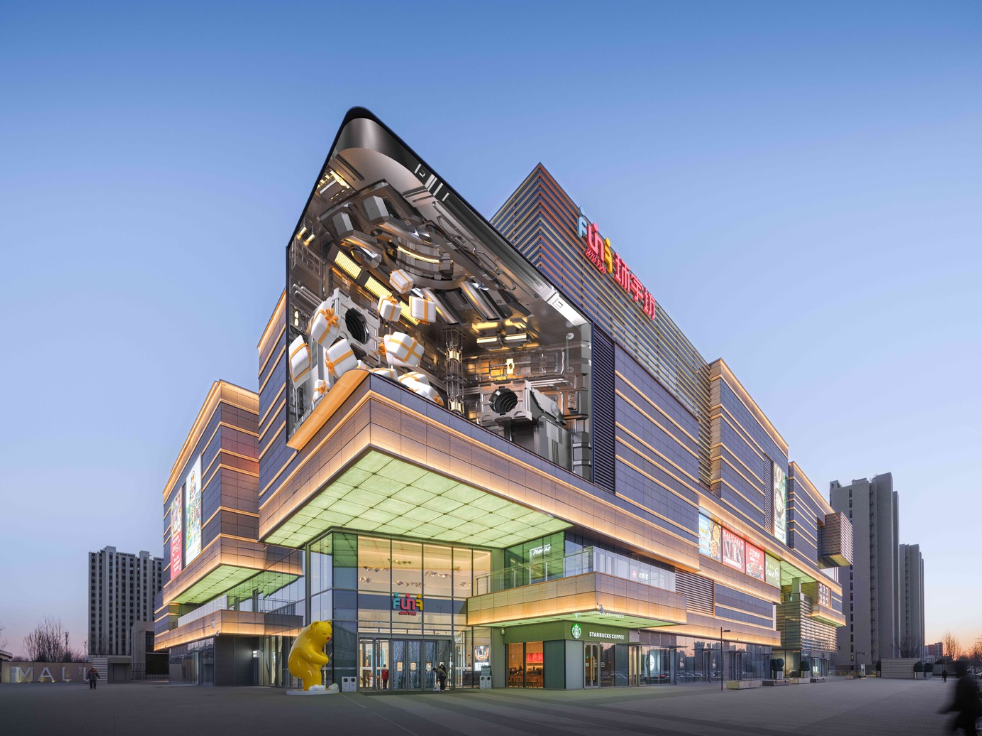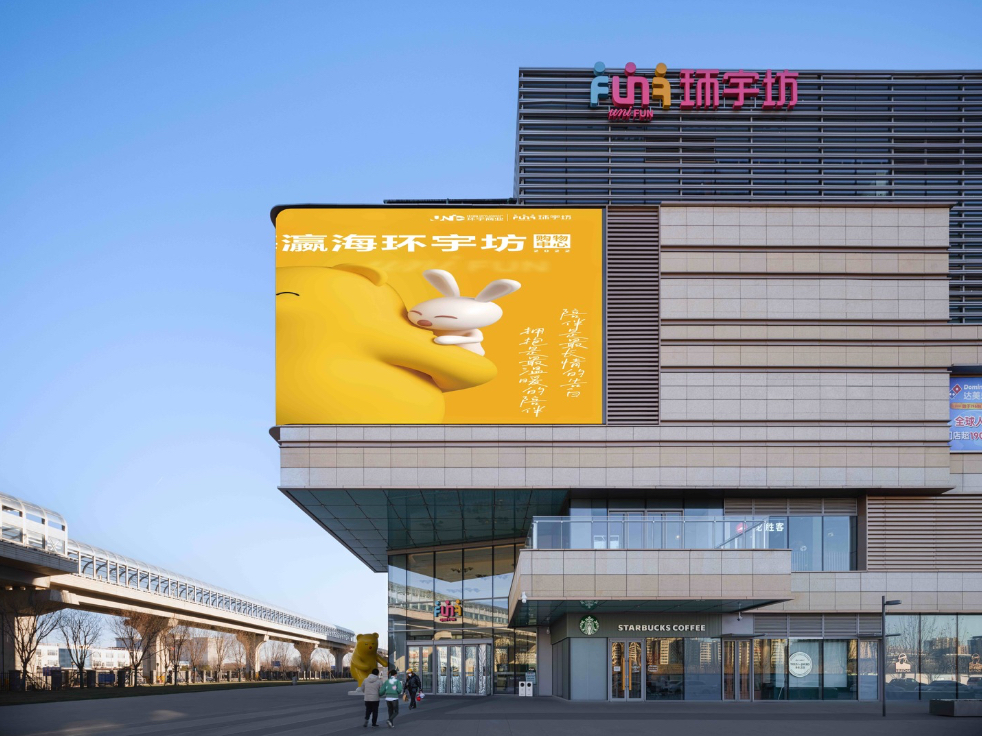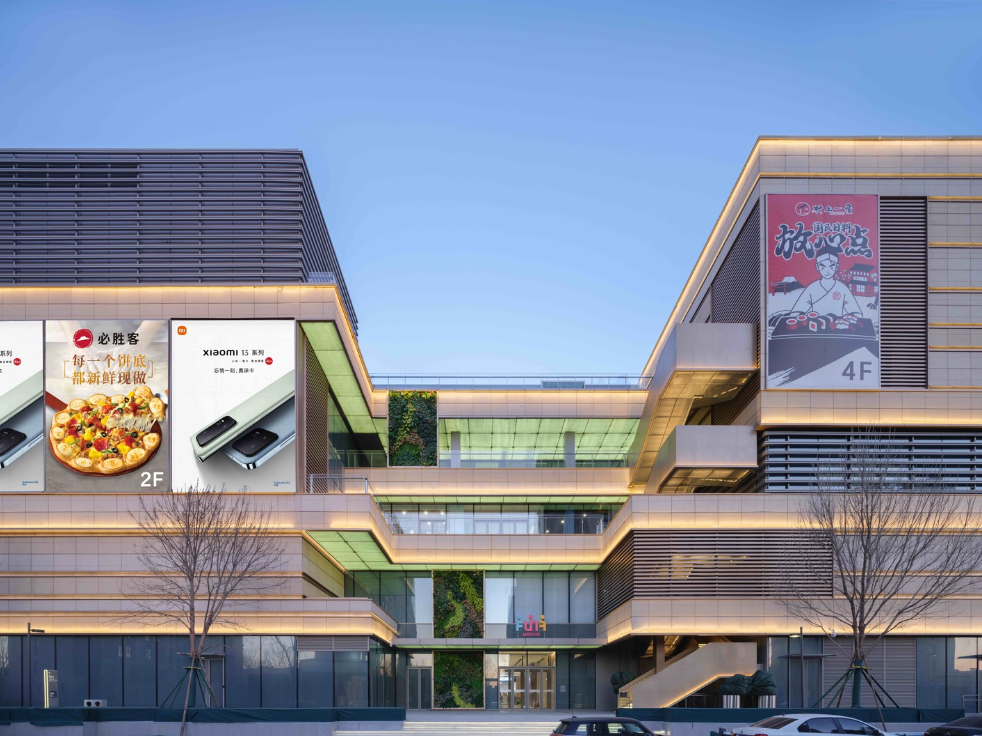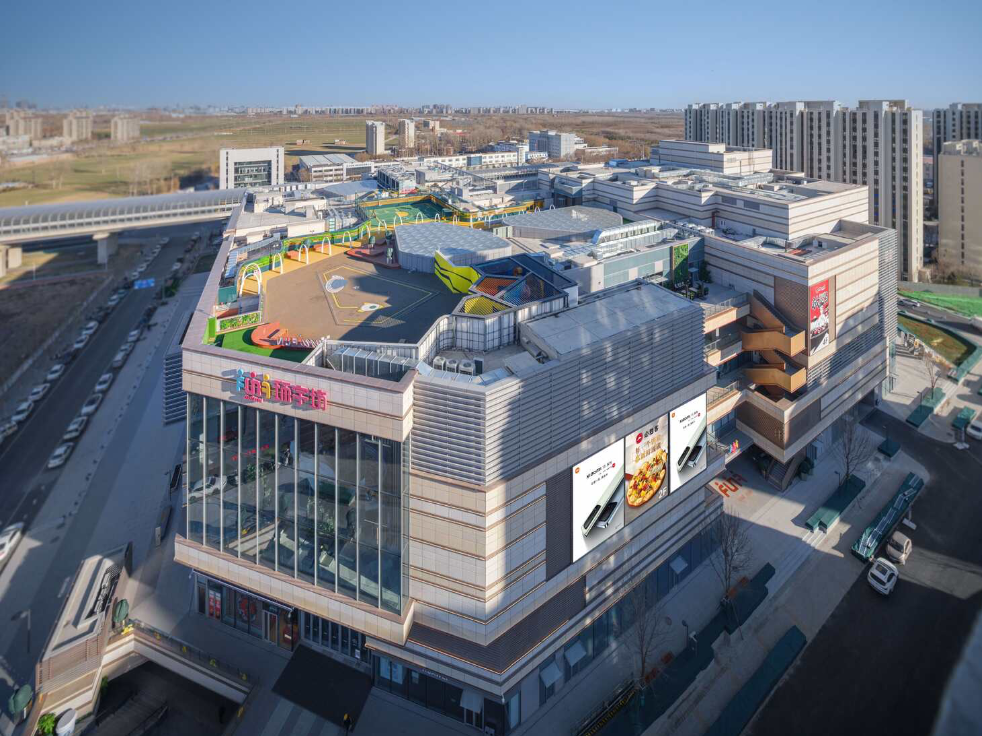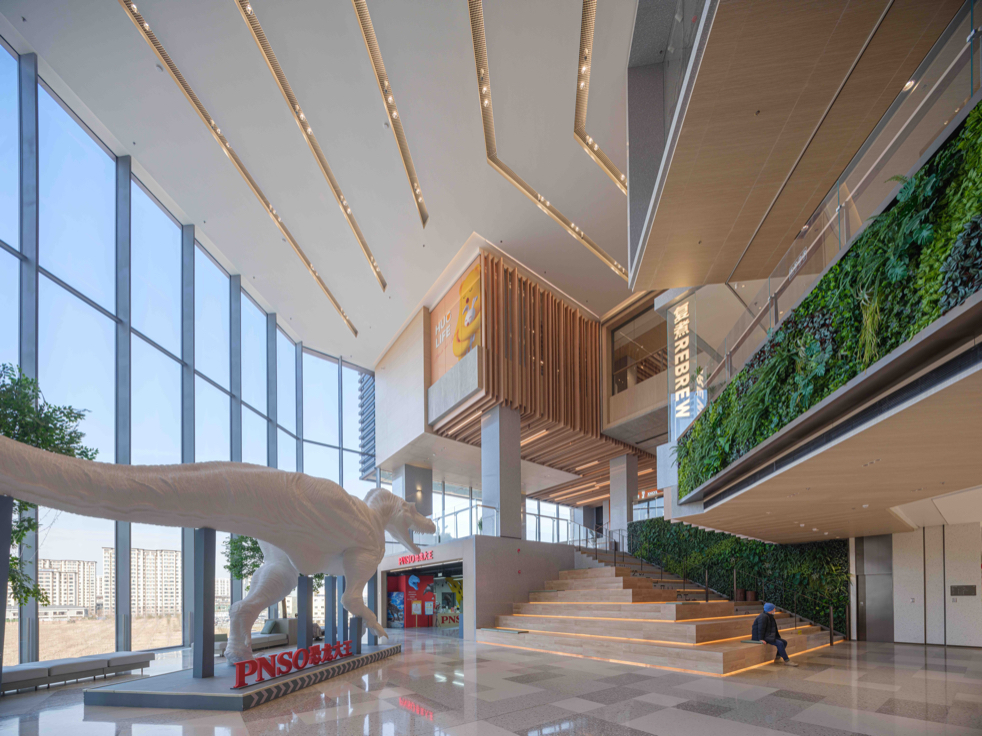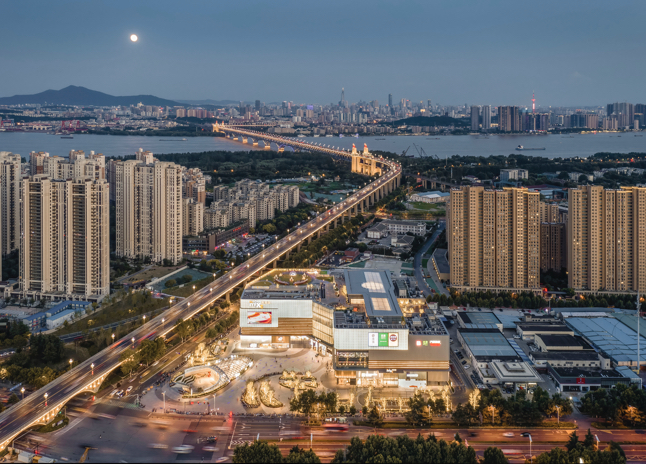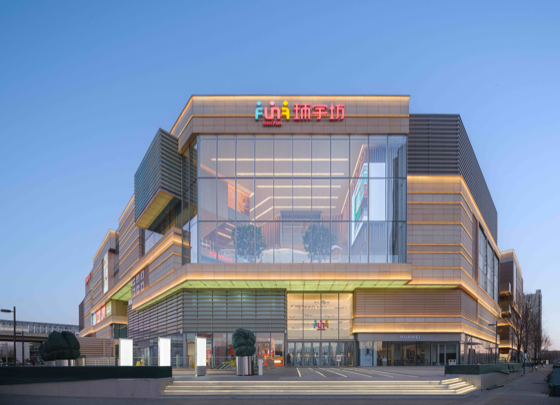Beijing Yinghai UniFun
The Third Space Beyond Boundaries
Client | China Overseas
Service | Architecture
Sector | Retail
size | 94,000㎡
Challenge
Adjacent to the Nanhaizi Milu Deer Sanctuary, Beijing Yinghai UniFun extends the friendly and natural ambiance of the surrounding community, aiming to create a 'third space' for individuals beyond their homes and workplaces.
Solution
Targeting young people and families, Yinghai UniFun revitalizes local lifestyles and expands community spaces with a diverse business mix in combination with unique themed events. This strategy enriches the residents' way of life and enhances communal areas. A standout feature is the Open House on the 3rd to 5th floors at the northwest corner, a triple-height atrium that not only fosters social interaction and commercial dynamism but also serves as a multifunctional space for exhibitions, pop-up stores, and theaters. The extensive glass facade serves as a city dialogue window, enhancing indoor and outdoor space interaction. The entrance is characterized by a striking cantilevered structure housing a vast 3D screen, intensifying spatial perception and visual attraction, while also drawing foot traffic from the city's light rail station, boosting brand visibility. Vertical greening and external stair designs enhance the interaction between interior and exterior, creating a multi-layered block that meets the community's demand for nightlife and contributes to the urban economy. Terraces on each floor are linked by landscaped stairs to the rooftop garden, offering a high-quality public space that encourages residents and consumers to explore both inside and outside the building, enjoying a blend of relaxation and discovery.
Result
Yinghai UniFun's entrance and architectural nodes are equipped with extensive open spaces that blur the boundaries between indoors and outdoors, enhancing the dialogue between the building and the city. These inviting, attractive spaces naturally facilitate a variety of lifestyle scenarios, including shopping, socializing, leisure, and family activities, reshaping the connection between the architecture and the community. This approach injects new energy and vitality into the city, providing a 'third space' that extends daily life for citizens.


